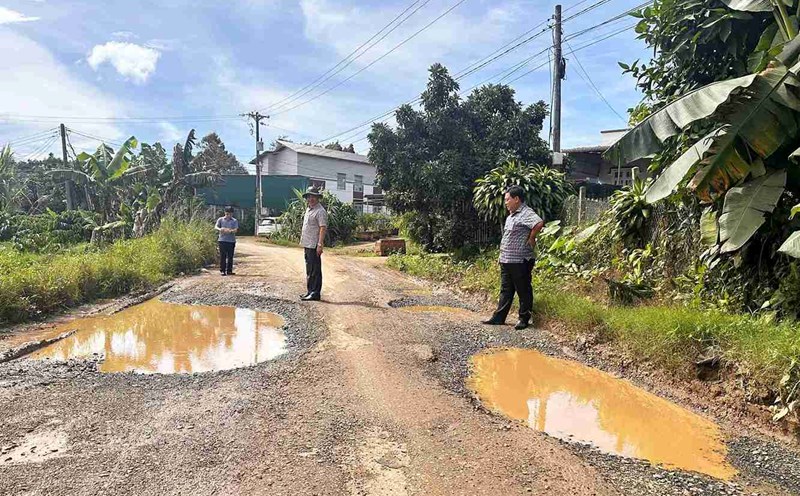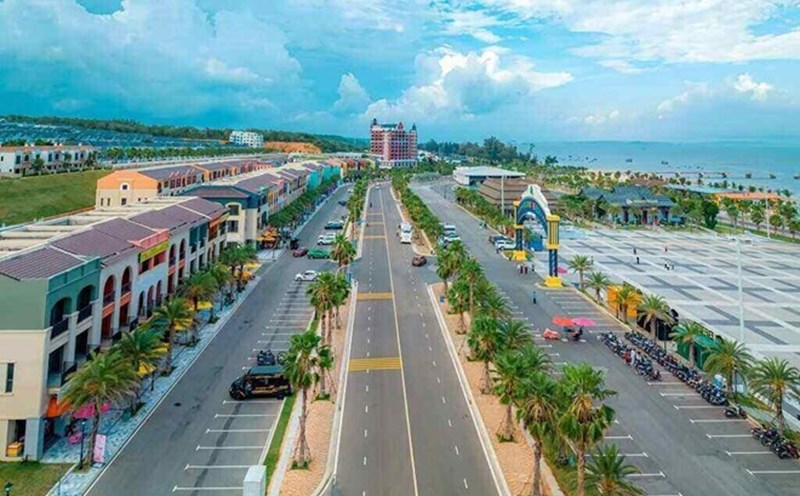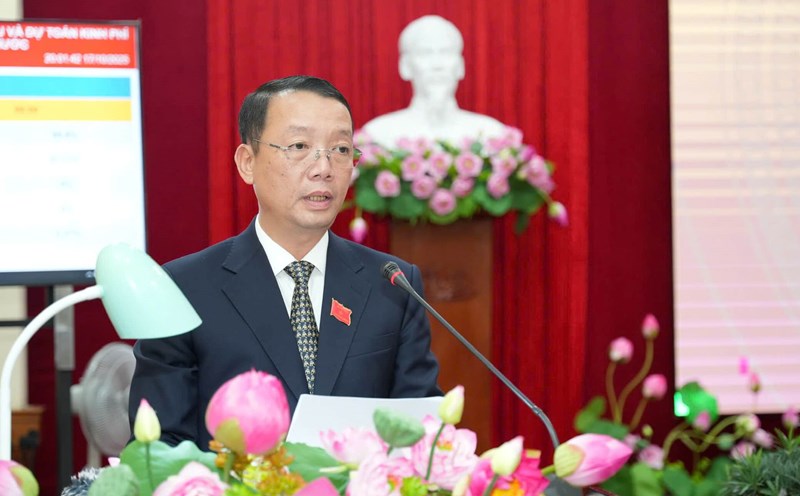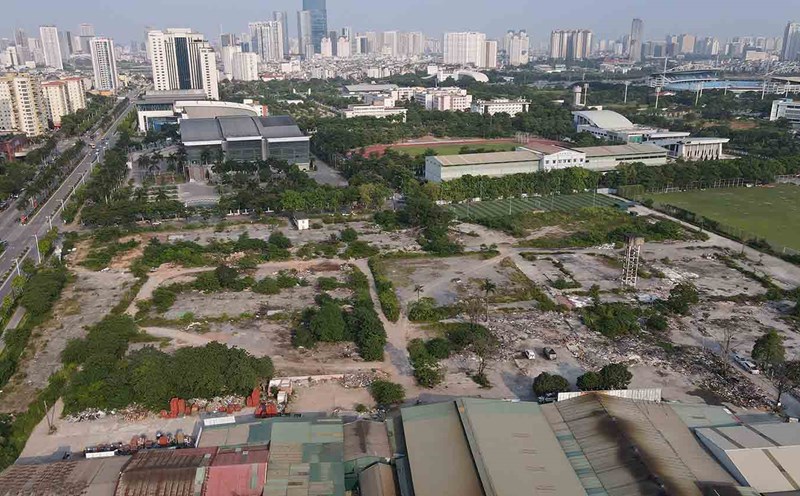Ho Chi Minh City Ring Road 4
The Ho Chi Minh City Ring Road 4 project has a total length of 207 km, passing through Ho Chi Minh City, Dong Nai and Tay Ninh (after the merger).
Of which, the 47 km section through Binh Duong province (formerly) was started in June 2025. The remaining sections, about 160 km long, with a total investment of more than VND 120,400 billion, will be implemented under the BOT (build - operate - transfer) form.
Of which, the total cost of compensation, support, and resettlement is estimated at VND41,090 billion, reclaiming land from nearly 5,900 households.
Phase 1 of the project is invested with a scale of 4 high-speed lanes, while clearing land for 8 lanes to reserve land for future expansion.
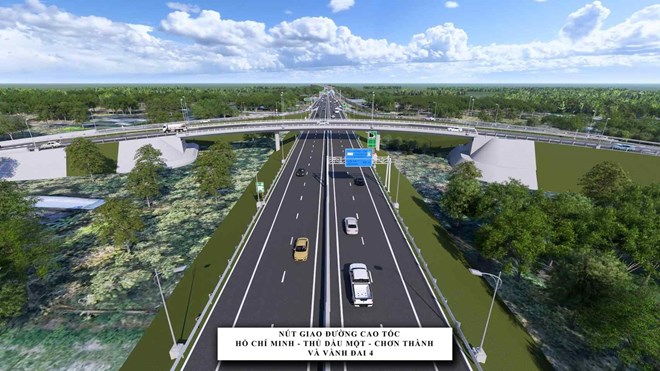
According to the plan, the work of establishing and approving the site clearance boundary will be completed in October 2025, starting compensation, support, and resettlement from January 2026. Ho Chi Minh City aims to hand over at least 70% of the site in April 2026 and complete the entire site in 2026.
Component projects using state budget capital will start construction in February 2026. The BOT project started on September 2, 2026, was completed in the second quarter of 2028 and put into operation in 2028.
When completed, Ho Chi Minh City Ring Road 4 will not only help reduce traffic pressure for the inner city but also connect the Southeast region with the Southwest and Central Highlands.
This route will optimize the freight transportation flow between industrial parks, urban areas and seaports, especially connecting directly to Long Thanh International Airport, creating the most modern logistics axis in the Southern region.
Ho Chi Minh City Ring Road 3
The Ho Chi Minh City Ring Road 3 is more than 90 km long, passing through Ho Chi Minh City, Dong Nai and Tay Ninh, with a total investment of nearly VND 75,400 billion, with a scale of 4 expressway lanes.
To date, the project has been completed and put into operation the My Phuoc - Tan Van section (15.3 km) and the DT.25B section (Dong Nai) - Ho Chi Minh City - Long Thanh - Dau Giay Expressway, including Nhon Trach Bridge, from August 2025.
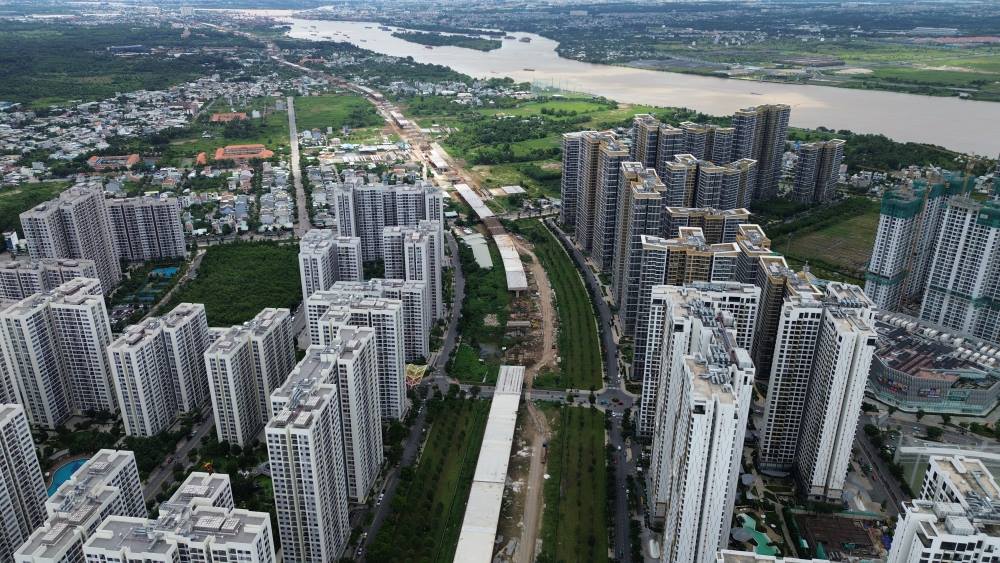
The remaining part of more than 76 km long is being urgently deployed by localities.
According to the plan, the elevated section from the Ho Chi Minh City - Long Thanh - Dau Giay Expressway to the Tan Van intersection (14.7 km long) will be open to traffic on April 30, 2026.
Meanwhile, the section through Cu Chi, Hoc Mon and Binh Chanh (32.6 km long) will open to gravel leveling on December 19, 2025 and open to traffic on April 30, 2026.
The entire Ho Chi Minh City Ring Road 3 is expected to be completed on June 30, 2026, becoming a strategic traffic axis to help connect Ho Chi Minh City with the Southern key economic region, reduce the load on the inner city area, and shorten the time for goods transportation.
Ho Chi Minh City Ring Road 2
The 64 km long Ho Chi Minh City Ring Road 2 has now completed 50 km, the remaining 14 km is divided into 4 unclosed sections.
Of which, section 3 (from Pham Van Dong Avenue to Go Dua intersection, 2.7 km long) is invested in the form of BT (build - transfer) with a capital of more than VND 2,700 billion.
However, the project has been stalled since 2020 due to land clearance problems and land fund payment procedures. The Ho Chi Minh City People's Committee has directed the restart of the project in October 2025.
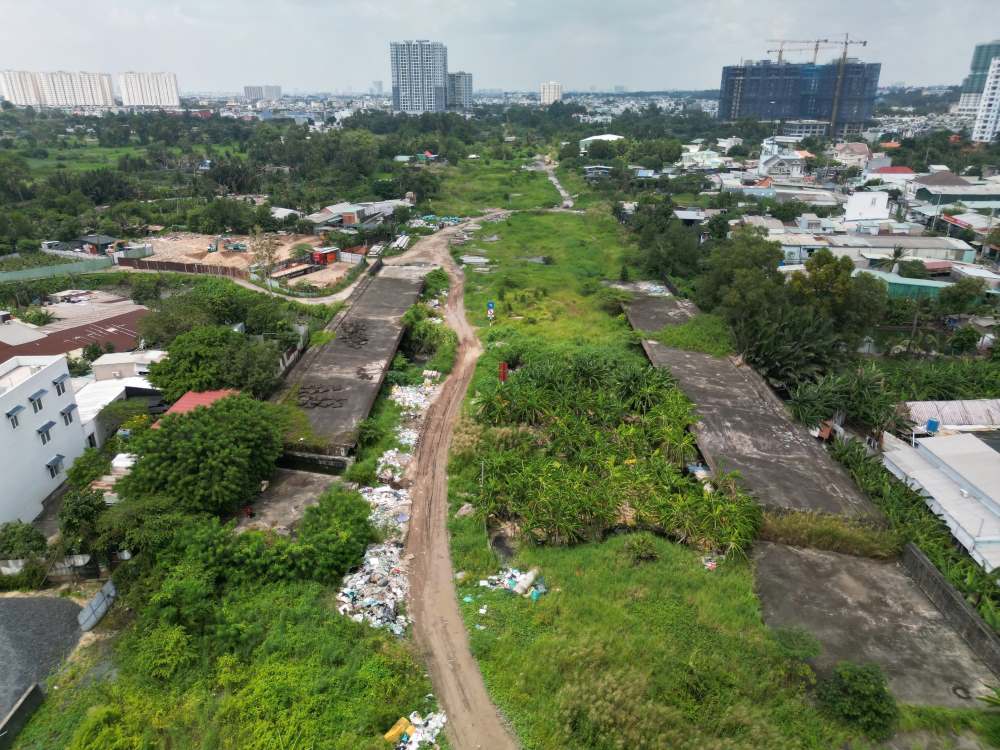
The two important sections are section 1 (Phu Huu Bridge - Vo Nguyen Giap Street, 3.5 km long) and section 2 ( Vo Nguyen Giap - Pham Van Dong, 2.8 km long) with a total capital of more than VND 13,800 billion, of which site clearance accounts for VND 8,600 billion.
It is expected that the first section of the main route will start construction in November 2025, the Binh Thai intersection in December 2025, while the second section will also start construction at the end of this year.
In particular, section 4 (from National Highway 1 to Nguyen Van Linh Street, 5.3 km long), with an investment capital of about VND 16,400 billion, is being invested in.
Ho Chi Minh City Ring Road 2 will close the entire route before 2030, helping to divert traffic, reduce the load on the central area, and increase connectivity between districts, towns and satellite urban areas.



